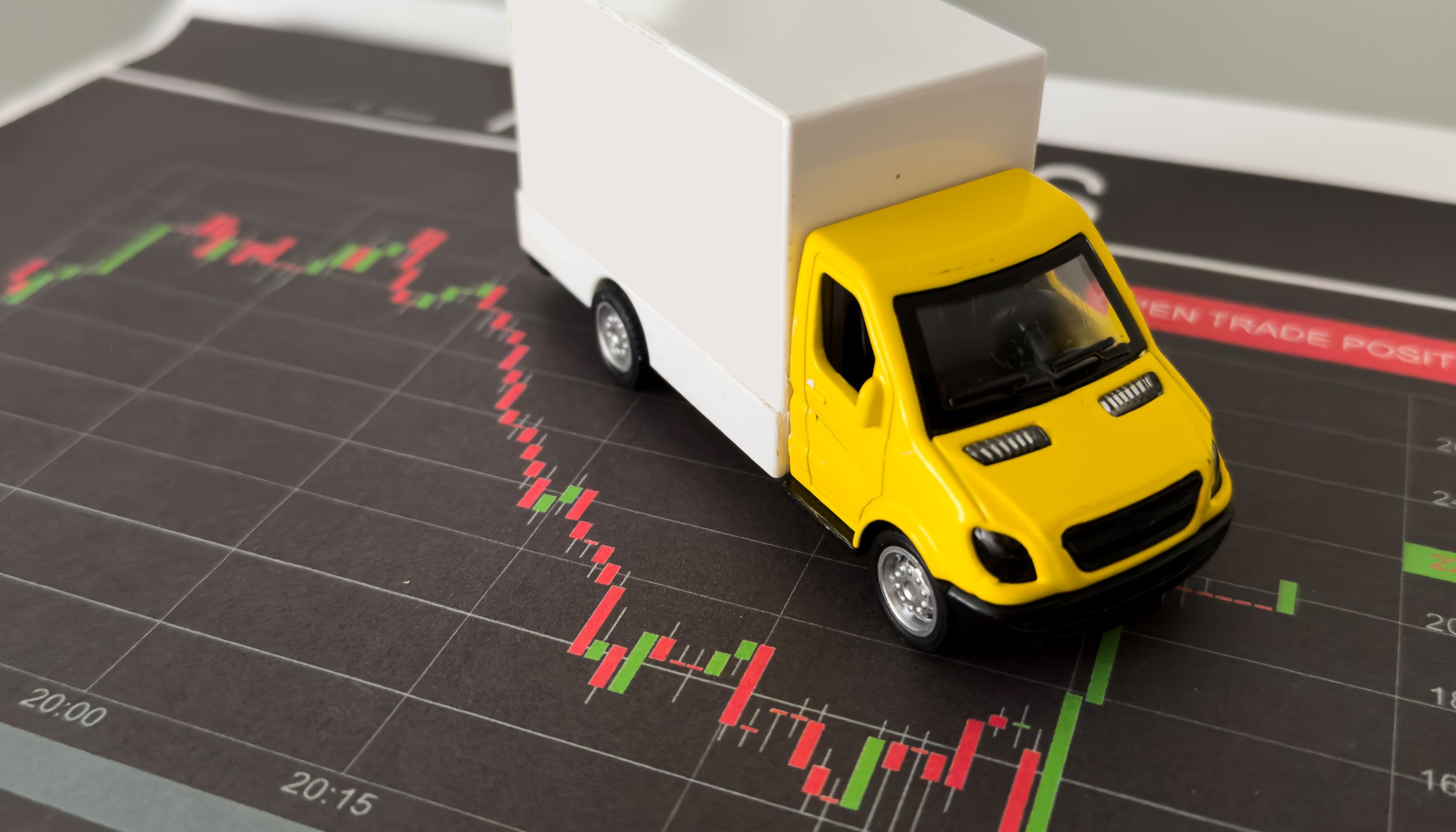Fleet, Finance, and KPIs: Making Smarter Logistics Decisions with Data
Making Better Decisions with Data
Transport and logistics businesses deal with a lot of moving parts. Vehicles, drivers, customer expectations, rising costs. It’s a complex environment, and there isn’t much room for error.
One of the most effective ways to improve operations is by making better use of data. When you're working with reliable, up-to-date information, decision-making becomes more consistent. You move away from relying on instinct or incomplete details and instead act based on what’s actually happening in the business.
Here are four areas where data can support better decisions:
Fleet Utilisation
Your fleet is one of your biggest costs, and often one of the most underused. Without visibility, it’s difficult to know whether vehicles are being used effectively or spending too much time idle.
Looking at vehicle usage, routes, and downtime helps identify where things can be improved. This might involve combining loads, rethinking routes, or adjusting maintenance schedules. The aim is straightforward: reduce empty running, control fuel costs, and get more from the assets you already have. The result? Increased efficiency, reduced costs, and a better bottom line.
Learn how Stratum TMS helps you monitor and improve fleet performance →
Customer Service Metrics
You can’t improve service if you don’t know where it’s falling short. Tracking customer-facing KPIs like on-time delivery, missed windows, and exception rates provides a clearer picture of your performance.
Over time, this data helps identify patterns. That could mean seeing improvement in a particular region or recognising a consistent issue with a specific route or customer. It gives you something concrete to work from, rather than relying on second-hand reports or assumptions (while also giving hard evidence to back you up during disputes).
The biggest mistake transport companies make is thinking that being busy means making money. From working with our customers, we know that's just not true. Understanding where your profit actually comes from is key. With the right data, you can break down margins by customer, contract, or route; and make sure your time and resources are going where they’ll deliver the best return.
Explore how our in-cab apps help you capture the right data at the point of delivery →
Financial Visibility
Understanding your costs is essential, but with so many moving parts—fuel, wages, subcontractors, admin—it’s easy to lose track.
Bringing your cost and revenue data together helps you see which jobs or contracts are performing well and which ones aren’t. You can break down margins, identify cost pressure early, and make informed decisionsabout where to focus your efforts. It also makes budgeting and forecasting more accurate.
See how Stratum helps transport companies move away from spreadsheets →
Reward your best employees
Not every issue is about vehicles or costs. Sometimes it comes down to people.
Tracking operational metrics by driver or team helps identify who’s consistently performing well and who might need more support. It’s not about micromanaging—it’s about making sure the work is being done tothe right standard, and giving people the tools to improve if needed.
See how managing directors use Stratum to stay on top of the numbers →
A More Informed Way to Run a Transport Business
Data doesn’t solve problems on its own, but it does make them easier to spot and respond to. When you have systems in place to collect and interpret information from across your operations, it’s easier to understand what’s working and what isn’t. Whether your focus is on reducing costs, improving service, or supporting staff, data gives you the clarity to make better decisions.
Get in contact or book a demo and see how Stratum works →








